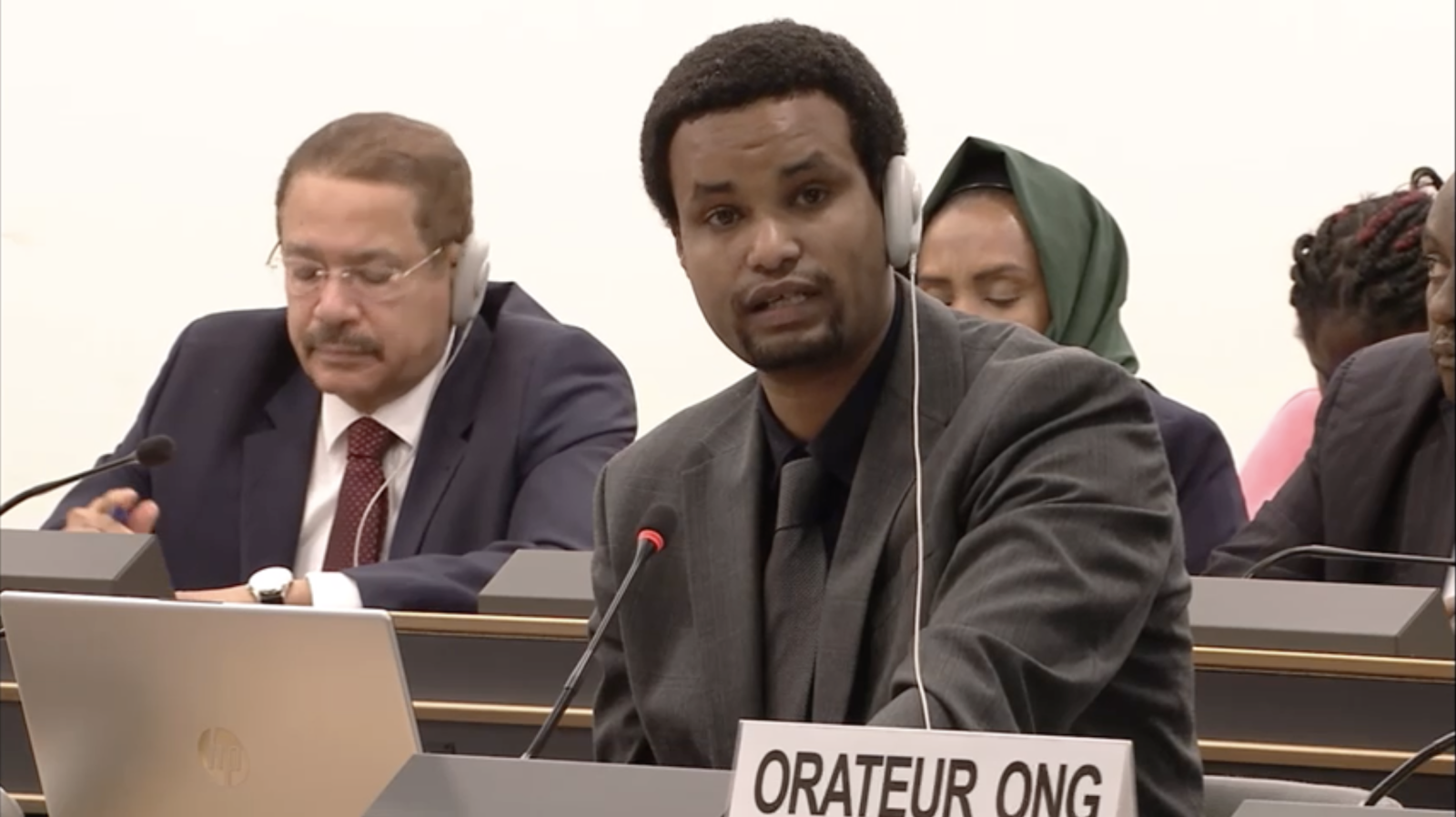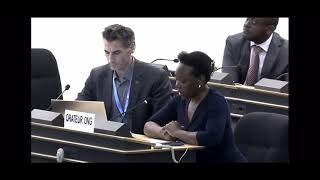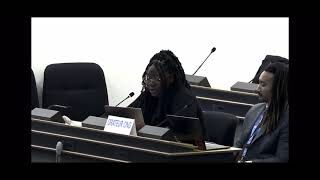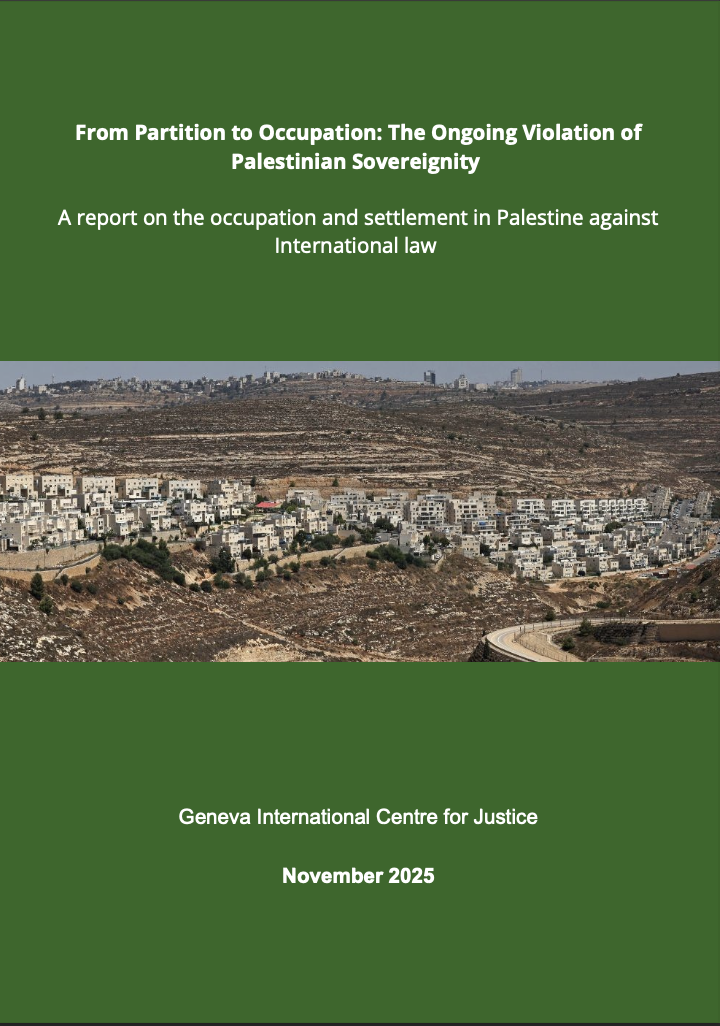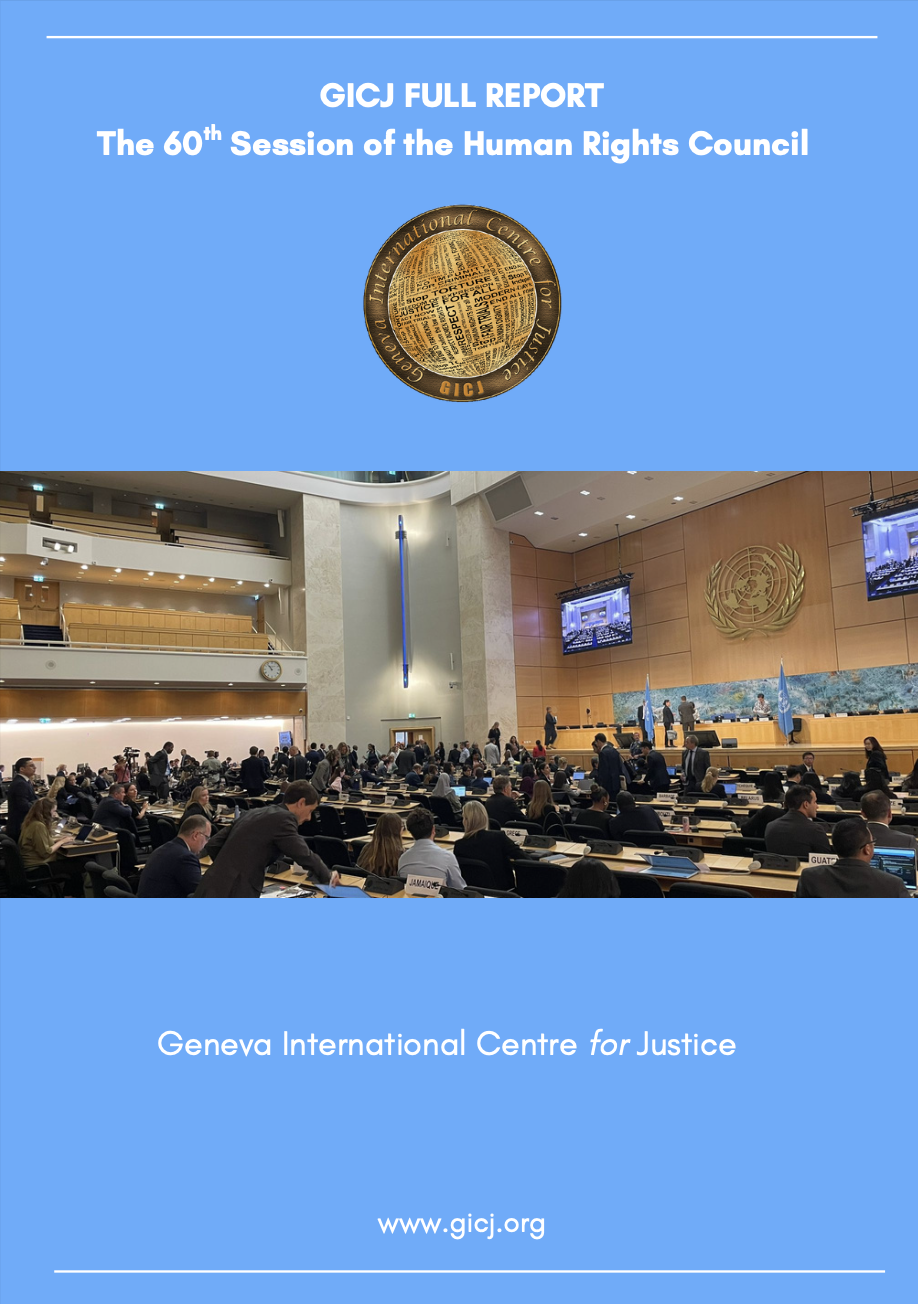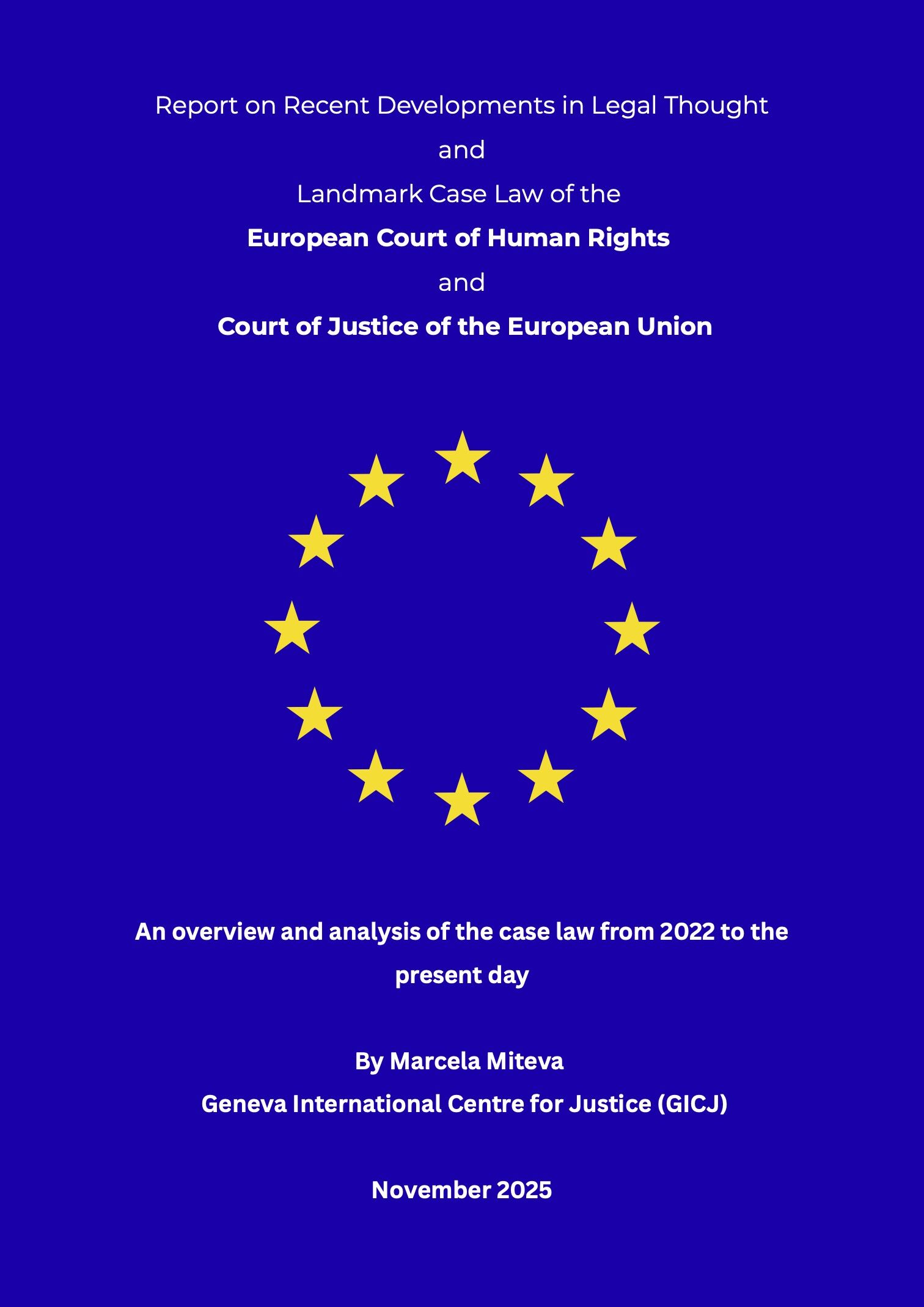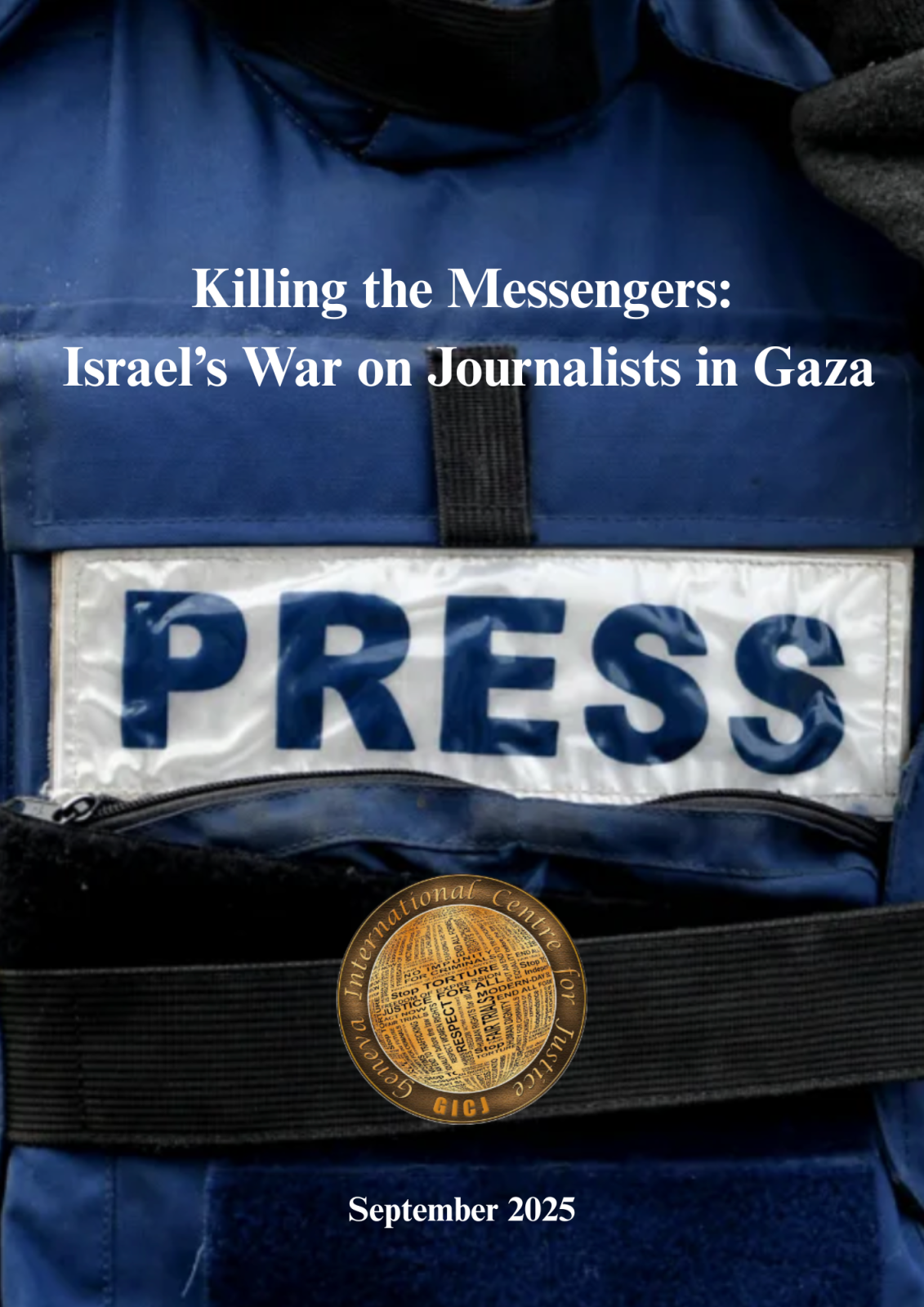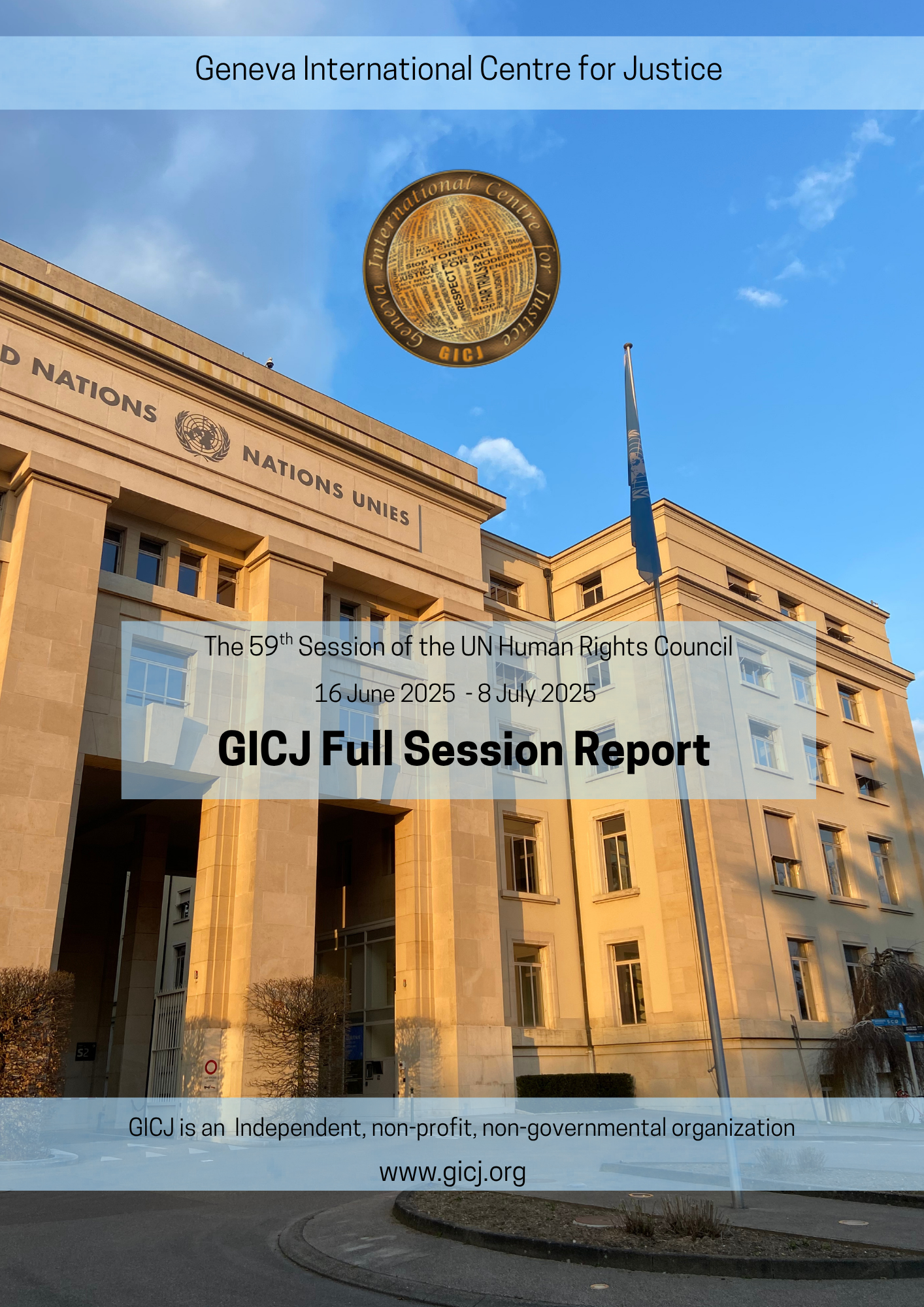World Refugee Day: 20 June 2021
Together we heal, learn and shine
By: Adrienne Gibbs/ GICJ
Introduction
This year marks the 70th anniversary of the 1951 Convention relating to the Status of Refugees and the 20th anniversary of World Refugee Day.[1] World Refugee Day, held on 20 June each year, provides an opportunity to celebrate the success and achievements in support of refugees around the world, but also to reflect on the ongoing needs and challenges they face as they attempt to resettle and integrate in their new communities.
Basic definitions
Terminology relating to migrants and refugees is complicated and the terms refugee, asylum seeker, internally displaced persons, and migrants are often used interchangeably. However, there are distinct differences and each accords individuals with different rights and protections under the law.
According to the 1951 Convention relating to the Status of Refugees, a Refugee is “someone who is unable or unwilling to return to their country of origin owing to a well-founded fear of being persecuted for reasons of race, religion, nationality, membership of a particular social group, or political opinion.” Some refugees will seek asylum officially, others will be declared refugees based on their inclusion in a particular group or category. The important element is that a refugee is an official status and entitles an individual to certain protections under international law.[2]
An Asylum-Seeker is someone whose request for protection has yet to be processed. Anyone can request asylum; however certain conditions must be met. For example, a person must be outside their country of nationality, and can only claim asylum in the country they are presently in.[3] Every year, around one million people seek asylum. A request for asylum may result in an official status as a refugee, granting of subsidiary protection, or rejection of the asylum claim.
There is a third category of individuals often referred to as refugees but, because they remain in their home country, they do not meet the official definition of a refugee, these are the Internally Displaced.[4] Many internally displaced persons (IDPs) would likely qualify for refugee status (if they could manage to cross a state border). The internally displaced make up the vast majority of individuals requiring humanitarian support globally, however as they remain in their country of origin, protection remains the responsibility of the state and aid agencies may have limited powers to assist.[5] This can be challenging in conflict zones, particularly where civil war or unrest is the driving factor in displacement.
Extent of the Global Challenge
The so called European “Migration Crisis” peaked in 2015, with more than 1.3million requests for asylum. This represented the largest influx of people since World War II and gained significant international media attention. [6] However, the reality is that the majority (86%) of global refugees and asylum seekers remain outside of Europe and are sheltered in lower to middle income countries.[7]
In 2020, approximately 26.4million people held official refugee status. Two thirds of those came from just five countries, Syria, Venezuela, Afghanistan, South Sudan and Myanmar.[8]
In 2019, only 1,727,274 asylum claims were processed globally. In the first half of 2020, that number decreased further, with only 677, 530 cases processed leaving 4.1million individuals waiting to have their asylum claims processed in temporary camps, controlled settlements and detention centres around the world. [9]
Globally more than 82 million people were considered forcibly displaced in 2020 (this includes refugees, asylum seekers and IDPs). Around 42% were children under the age of 18. The majority of these individuals are fleeing conflict and violence, with an increasing number of individuals displaced due to natural disasters.[10]
Even more alarming, 55million (of the 82 million) are considered internally displaced, with 40.5 million new internal displacements in 2020 alone.[11] While there are IDPs in countries throughout the world, 15 countries bare the biggest burden, home to more than 1million IDPs each.[12] Syria and the Democratic Republic of Congo are at critical levels, with each country hosting more than 5million IDPs.[13] With such overwhelming numbers, the situation for IDPs is precarious and often dangerous. Ensuring respect for human rights, access to basic social and medical services, and consistent and quality education for children remain major challenges for the international community.
Global Compact on Refugees
In 2018, acknowledging the extent of the global problem, the UN General Assembly adopted the Global Compact on Refugees. The Compact sets out a framework for international cooperation and a more equitable global response including, expanding the number of countries where refugees are resettled, and providing complementary pathways to migration. [14]
Importantly, the Compact also focussed on what comes after status determination. That is, building the foundation for welcoming and inclusive societies, ensuring that host communities are supported and can appropriately integrate refugees and other protected persons.
While 193 countries agreed that shared international responsibility and support for refugees and their host countries was needed, only 153 states voted in favour of the Compact.
Positive Outcomes
In 2021, World Refugee Day calls for better access to healthcare, education and sport for refugee communities. There are certainly many positive examples that have come out of the Compact that point to progress in these areas. For example,
- In Kenya, the Kenya Equity in Education Project, provides financial support to girls in Kakuma and Dadaab refugee camps, to remove the financial barriers to their attendance at school. The program aims to support 20,000 girls, ensuring they achieve functional literacy and numeracy so they can better participate in community life and build a future for themselves.[15]
- In the United Kingdom, the UK Community Sponsorship Scheme, ensures that resettled families are provided with at least one year of integration support, and two years of housing support to aid their transition into local community life. This sponsorship includes welcome support, assistance with accessing medical and social services, language training, and employment search support.[16]
- Moreover, in 2021, the Refugee Olympic team of 29 athletes will represent some 11 countries at the Tokyo Olympics, perhaps the biggest community sporting event in the world.[17]
Complementary pathways for migration are also increasingly used, with many more states now making this kind of option available. Complementary pathways include humanitarian admissions, humanitarian visas, family reunification, labour mobility schemes, and scholarship and traineeship programs.[18] As an example, from 2010-2019, more than 1.5million people were resettle in 35 OECD countries under this process. [19]
Despite this progress however, there is still much more the international community needs to do.
Ongoing Challenges
A noted, the majority of refugees, asylum seekers and IDPs continue to be hosted by developing countries, who carry the social and economic burden of humanitarian support and refugee processing and integration. Indeed, 39% of refugees are hosted by just five countries (Turkey, Colombia, Pakistan, Uganda and Turkey).[20] This must change and developed nations need to play a bigger role.
Despite their official stance, many developed nations continue to try and reduce their responsibility or divert the problem. By way of example:
- Australia continues to use offshore detention centres to house asylum seekers. Such centres raise a number of human rights issues, including deprivation of the right to claim asylum under international law, limited control over the application of non-refoulement principles, access to appropriate medical care and basic services, unlawful detention of children, and unreasonably slow processing times. These centres have been condemned by the international community on numerous occasions.[21]
- Denmark recently voted for a law allowing forcible removal of asylum seekers for processing in other states. This in effect, opens the door for a similar system to that in place in Australia and raises various human rights issues.[22]
- And, many countries, including those in Europe, have signed agreements with third countries, to try and stem the flow of migrants and asylum seekers entering their territory. The EU-Turkey deal signed in 2016 (whereby Turkey agreed to close migration routes and accept returned irregular migrants from Europe in exchange for Syrian refugee resettlement, financial aid and improved access to Europe for Turkish citizens) was particularly controversial and has been widely criticised by human rights groups. Importantly, Europe agreed to resettle 72,000 Syrian refugees as part of the deal, five years on, only 28,000 have been resettled to Europe. 3.7 million Syrian refugees remain in Turkey. [23]
Once provided with official status, challenges for refugees continue. Not all countries have the financial means and capability to establish robust refugee integration and support programs and as a result, there are large discrepancies between refugee treatment in developed and developing countries.[24]
In many developing countries refugees are housed in camps. However, due to overpopulation and crowding, many refugees find themselves living outside these official settlements, meaning they have very little, if any, access to humanitarian assistance, social services and healthcare. In addition, refugees may find themselves in protracted refugee situations (lasting longer than five years), they may have fewer rights that state nationals, and their freedom of movement and access to job markets may be limited.[25] IDPs, are likely to be in even more challenging situations, especially in cases of civil war, where they are fleeing the authorities meant to provide them with humanitarian support.
Even when refugees are lucky enough to settle in countries able to provide for them, anti-migrant sentiment and active discrimination remain key challenges as they attempt to integrate. Constant media and political references to migration crises, and an often blurry line between refugees and economic migrants, means that in many countries, refugees face hostile local communities. Lengthy processing times, and limitations on where geographically they can settle and work, may also be imposed either for political or policy reasons.
Impact of Covid
The last year in particular has been hard for refugees and asylum seekers. The COVID 19 crisis had a significant impact on refugee and resettlement programs, with many countries suspending lodgement of asylum applications, delaying asylum interviews, closing asylum authorities and freezing resettlement agreements. [26] Many therefore remain in precarious temporary situations and have no clear idea when they may be able to move on.
UNHCR’s Assistant High Commissioner for Protection, Gillian Triggs said in a statement this year that “Current rates point to one of the lowest levels of resettlement witnessed in almost two decades. This is a blow for refugee protection and for the ability to save lives and protect those most at risk”. [27]
Access to vaccines for refugees has also been delayed, with many states electing to inoculate their national populations as a priority, with refugees (even high-risk individuals) only recently gaining access to vaccines. Millions are still waiting, and to date, despite 153 countries integrating refugees into vaccine planning, only 20 have commenced such vaccinations.[28]
Children’s education has also suffered. Despite a significant number of education related pledges under the Compact, only 9% have been implemented. Before the pandemic, almost half of school aged refugees were out of school. The closure of schools and education centres in the last year, as well as parental job loss, has further exacerbated this trend. With limited access to digital and remote learning solutions, those in the most vulnerable communities have been most hard hit. There remain ongoing concerns over the long-term impact for these children.[29]
The Geneva Intentional Centre for Justice (GICJ):
- Applauds the work done by the international community to continue to resettle and support refugees, asylum seekers and IDPs in what was a particularly challenging year.
- Strongly believes in the rights of the refugees as outlined in the 1951 Refugee Convention, condemning every form of violence or discrimination against them. On World Refugee Day, GICJ calls on everybody, including states, civil society, international bodies and individuals, to respect, without any discrimination, the fundamental rights of refugees such as the right to shelter, right to access to health care and right to education.
- Remains concerned about the hostility that some refugees have to face upon their arrival in “safe locations” and believes that improved cooperation and planning is needed between States with regard to all migration related issues.
- Strongly encourages States to endorse the Global Compact on Refugees, as an important tool for fostering responsibility-sharing and cooperation.
- Urges Europe and other states to maintain the processing of asylum seekers on national territory, moving away from offshore and third-party solutions, where the rights of individuals including access to shelter, healthcare and education may not be respected.
- Calls on the international community to step up action on educational initiatives for refugee children, ensuring consistent access to quality education, especially during the COVID pandemic.
- Urges states to ensure equitable access to COVID 19 vaccines for refugees, asylum seekers and IDPs.
[1] UNHCR, “World Refugee Day”, June 2021, https://www.unhcr.org/world-refugee-day.html
[2] IOM, Key Migration Terms, 2021, https://www.iom.int/key-migration-terms
[3] IOM, 2021
[4] IOM, 2021
[5] IDMC, “Global Internal Displacement Database”, 2021 https://www.internal-displacement.org/database/displacement-data
[6] BBC News, “Refugees at highest ever level, reaching 65m, says UN”, 20 June 2016, https://www.bbc.com/news/world-36573082
[7] UNHCR, “Refugee Statistics”, 2021, https://www.unhcr.org/refugee-statistics/
[8] UNHCR, “Refugee Statistics”, 2021
[9] IDMC, 2021
[10] UNHCR, “Refugee Statistics”, 2021
[11] IDMC, 2021
[12] Syria, Democratic Republic of Congo, Colombia, Afghanistan, Yemen, Somalia, Nigeria, Sudan, Ethiopia, South Sudan, India, Iraq, Turkey and Burkina Faso
[13] IDMC, 2021
[14] UNHCR, The Three-Year Strategy and CRISP, 3 November 2002, https://globalcompactrefugees.org/article/three-year-strategy-and-crisp
[15] UNHCR, “The Kenya Equity in Education Project: Cash Transfers for Education in Prolonged Refugee Contexts”, 25 October, 2019, https://globalcompactrefugees.org/article/kenya-equity-education-project-cash-transfers-education-prolonged-refugee-contexts
[16] UNHCR, “UK Community Sponsorship Scheme” 12 August 2019, https://globalcompactrefugees.org/article/uk-community-sponsorship-scheme
[17] UNHCR, “UNHCR Congratulates the Tokyo 2021 Refugee Olympic Team”, 8 June 2021 https://www.unhcr.org/news/press/2021/6/60bf30034/unhcr-congratulates-tokyo-2020-refugee-olympic-team.html
[18] UNHCR, “Complementary Pathways for Admission to Third Countries”, https://www.unhcr.org/complementary-pathways.html
[19] UNHCR, “OECD-UNHCR: Safe Pathways for Refugees 11”, 3 May 2021, https://globalcompactrefugees.org/sites/default/files/2021-05/UNHCR%20Safe%20Pathways%20for%20Refugees%20II%20Web-version001.pdf
[20] UNHCR, “Refugee Statistics”, 2021
[21] Refugee Council Australia, “Australia’s Offshore Processing Regime: The Facts”, 20 May 2020, https://www.refugeecouncil.org.au/offshore-processing-facts/
[22] UNHCR, “Refugee Brief – 4 June 2021”, https://www.unhcr.org/refugeebrief/the-refugee-brief-4-june-2021/
[23] Migration Policy Institute, “The EU-Turkey Deal, Five Years On: A Frayed and Controversial but Enduring Blueprint”, 8 April 2021, https://www.migrationpolicy.org/article/eu-turkey-deal-five-years-on
[24] ERPS, “Briefing: the Global Compact on Refugees”, January 2019, https://www.europarl.europa.eu/RegData/etudes/BRIE/2018/623550/EPRS_BRI(2018)623550_EN.pdf
[25] ERPS, 2019
[26] Eurostat, “Asylum Statistics”, 16 March 2021, https://ec.europa.eu/eurostat/statistics-explained/index.php?title=Asylum_statistics
[27] United Nations News, “Refugee resettlement numbers fall to lowest in two decades: UNHCR”, 19 November 2020, https://news.un.org/en/story/2020/11/1078052
[28] UNHCR, “UNHCR calls for equitable access to COVID19 Vaccines for Refugees” 7 April 2021, https://www.unhcr.org/news/press/2021/4/606d56564/unhcr-calls-equitable-access-covid-19-vaccines-refugees.html
[29] UNHCR, “Education for Refugee Children in 2020: Progress Under Threat”, 7 April 2021, https://globalcompactrefugees.org/article/education-refugee-children-2020-progress-under-threat




